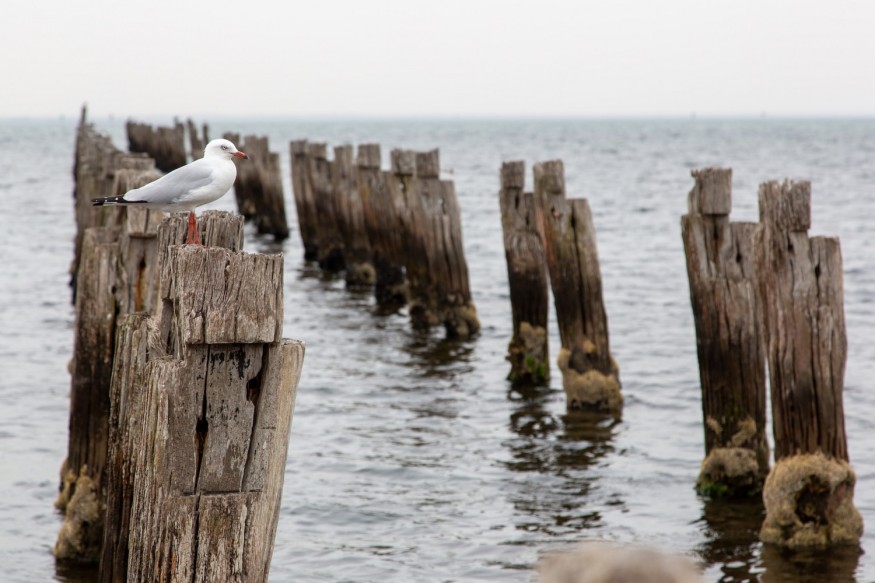
A Melbourne-based company cast concrete modules mixed with locally sourced oyster shells in an effort to impede coastal erosion in Australia.
Concrete Modules Blended With Oyster Shells
To combat coastal erosion in Port Phillip Bay, Australia, Melbourne design firm Reef Design Lab developed a series of organically curved modules made of concrete mixed with crushed oyster shells.
Melbourne studio Reef Design Lab has created a series of organically shaped modules from concrete blended with oyster shells to help reduce coastal erosion in Port Phillip Bay, Australia.https://t.co/w0jjHbgBzC
— Dezeen (@dezeen) October 5, 2023
The Erosion Mitigation Units (EMU), which were used to construct a breakwater to lessen coastal erosion and were intended to create a home for marine life, were the winner of this year's Good Design Award for Sustainability.
The two-meter-wide EMU modules, created by Port Phillip Bay for the City of Greater Geelong municipality, create a permeable barrier 60 meters offshore where the sea depth ranges from 30 to 130 centimeters.
Reef Design Lab used an organic form to conserve materials and preserve structural integrity while constructing colonies and havens for marine life.
Low Volume Concrete, Locally Sourced Shells
To create the precast reusable molds at its Melbourne studio, the design team combined traditional casting methods with digital molding analysis.
According to the studio, this used significantly less cement than 3D concrete printing did.
Reef Design Lab also included locally acquired oyster shells as aggregates in the concrete mix to create the EMU modules, claiming that this creates an ideal surface for shellfish.
The modules' geometry was optimized to provide the habitat requirements for marine creatures to survive there.
Fun for Fish and People
The modules were created to optimize habitat for species that are colonizing the area as well as lessen the force of waves and stop additional beach erosion at Clifton Springs.
Stingrays and pufferfish can relax under an overhang, and fish, octopuses, and crustaceans can hide from predators in tunnels and caves on the module, which also offers shaded surfaces for sponges and cold-water coral to develop on.
The surface of the module was intentionally made rough with one-centimeter-wide ridges to expose the shell aggregate and draw organisms that help construct coral reefs, like tube worms, mussels, and oysters.
The modules hold water and provide shelter for intertidal creatures during low tide since they are made to be covered in little pools.
As for people, they may explore the rock pools at low tide and snorkel through the system during high tide thanks to the undulating modules, which replicate a natural rocky reef.
46 Modules and Other Breakwater Projects
Reef Design Lab placed 46 EMU modules in Port Phillip Bay in October 2022. The Melbourne Universities Centre for Coasts and Climate will keep an eye on the breakwater for the next five years.
Shellfish, sponges, and cold water corals were colonizing the modules six months after installation, according to the studio.
The Buoyant Ecologies Float Lab, constructed in San Francisco Bay by a team from the California College of the Arts, is another breakwater project that seeks to meet engineering and ecological requirements.
The Underwater Museum of Cannes, a series of six enormous underwater sculptures, was erected by British artist Jason deCaires Taylor off the French coast of Cannes to advocate for more protection for marine life.
© 2025 NatureWorldNews.com All rights reserved. Do not reproduce without permission.





